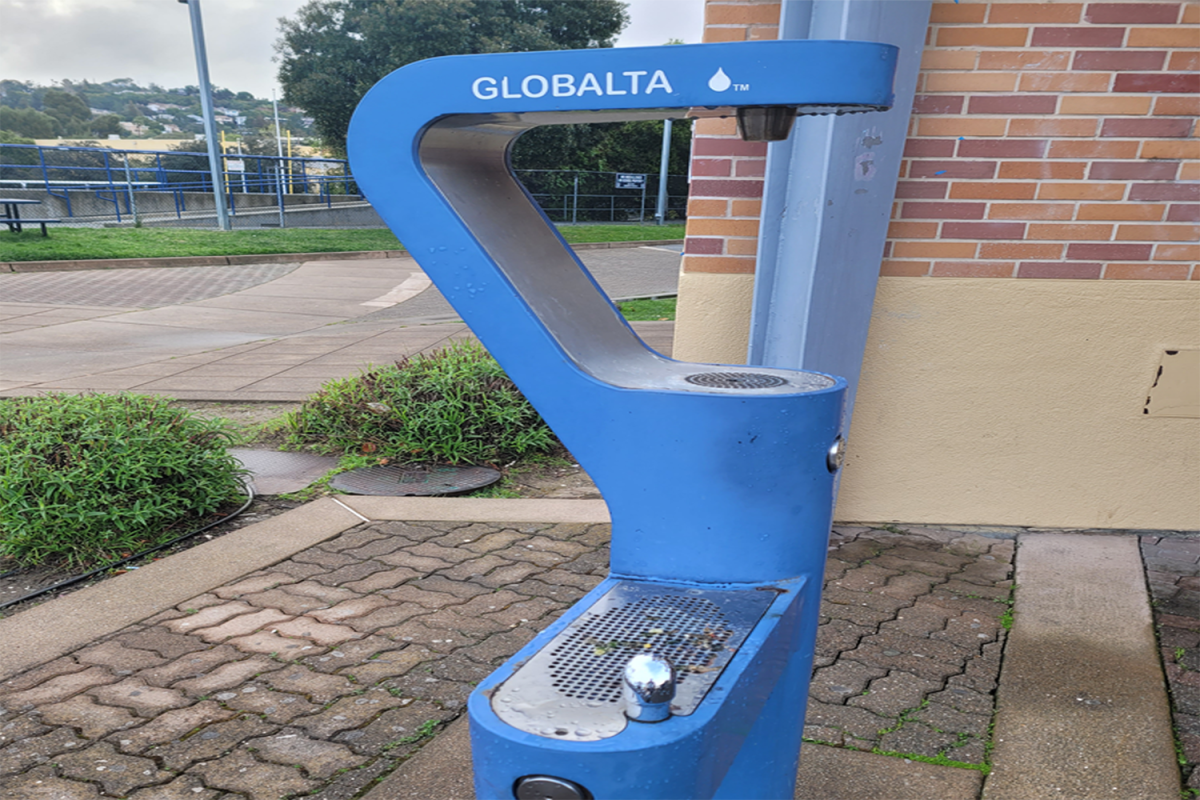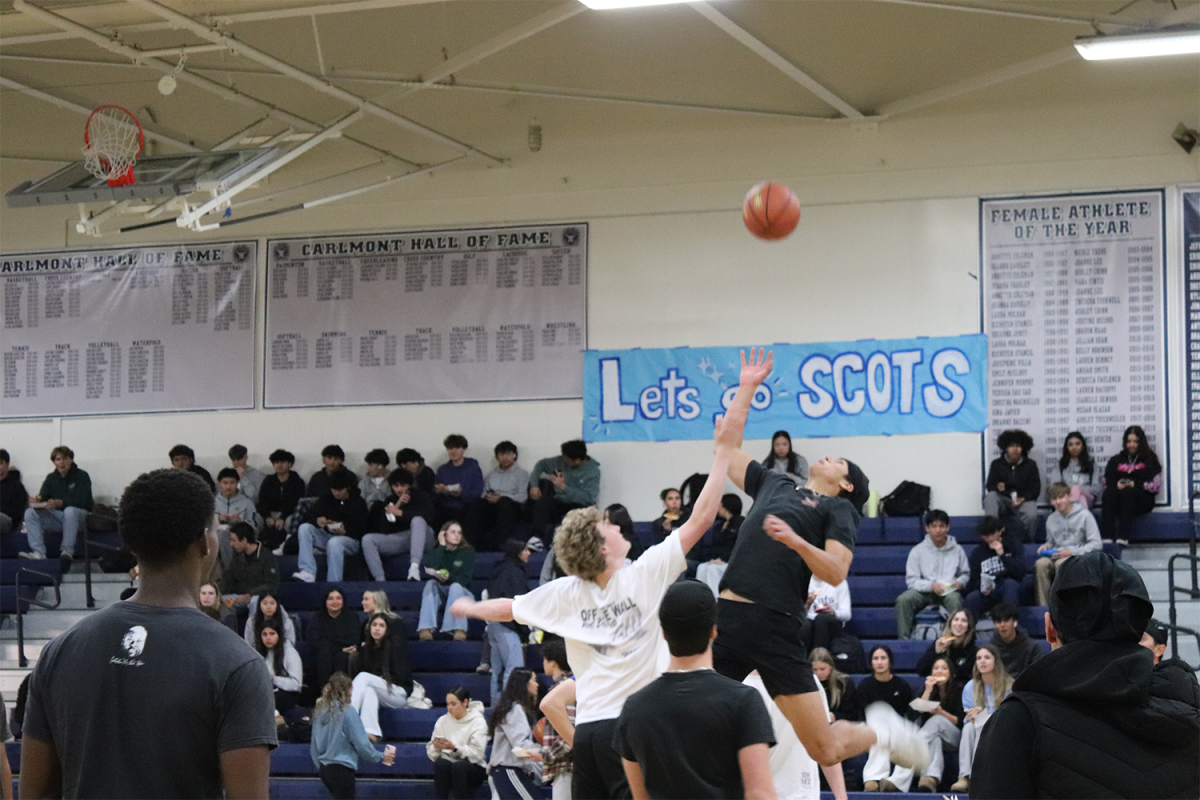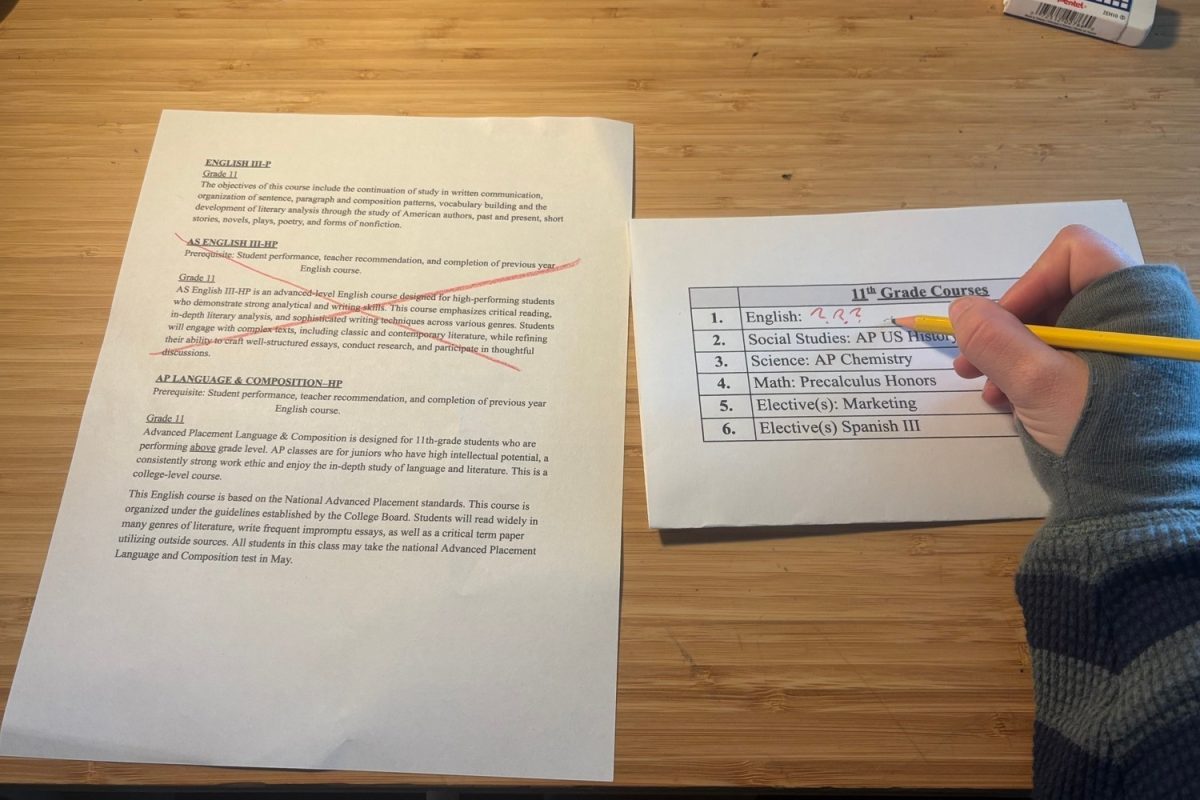Teachers are the key not only to the academic development of an individual but to the social dynamic of a school’s community.
High school teachers, in particular, contribute to the formative experiences of a person’s life. They prepare their students for the future by educating them and creating supportive environments in which students mature both academically and socially.
To maintain a supportive atmosphere within their classrooms, teachers often draw upon their personal experiences from high school to better their students’ time in the school.
For example, history teacher David Braunstein was a personal victim of bullying in high school, but he wasn’t bullied by a peer. He was bullied by his teacher.
“It was a straightforward situation. I was absent from class, and we had passes to excuse absences, just like we have now. My teacher wrote [expletive deleted] on it,” Braunstein said. “I felt very uncomfortable about that, as anyone would. It’s like, why would you use that language? The teacher eventually had to apologize, but it broke the trust I previously had in him. I was very uncomfortable in that classroom.”
Situations like these can leave many psychological scars. However, they are also experiences from which teachers like Braunstein can draw upon to create a more nurturing environment.
“Even though it was a small thing, just the fact that he didn’t believe me and wrote that on my pass made me realize the importance of being a supportive teacher. It taught me to be very aware of the relationships I build with my students. I don’t want anyone ever to feel uncomfortable in the classroom,” Braunstein said.
For many students, a teacher is simply a person who grades tests and homework and might be a mentor they can go to occasionally for general advice. But what many do not realize is the amount of effort teachers put in to build these relationships with their students, and to create a school community in which everyone feels accepted.
“When I was in high school, I was one of the only Asian students, and in hindsight, I always felt like a minority. As an educator, I realize now that teachers can do a lot more to make it an inclusive environment. I don’t think that my high school teachers were trained to do that,” said physics teacher Gregory Fung. “In today’s world, our society and schools are more inclusive. I think that now, teachers are more likely to be accepting of students that aren’t necessarily considered to be the norm.”
Another way in which teachers enhance their teaching environments is by looking at educator role models and reflecting on the traits that made them a good teacher. They then try to incorporate those methods and ideologies into their teaching style.
“One of my past math teachers, Mr. Michaelson, taught me about attention to detail and about not skipping anything. I try to take that and apply it to the way I teach,” said math teacher Robert Tsuchiyama. “Another one of my role models was my old English teacher. He wanted to cultivate a passion for learning in his students. Regardless of the subject, his whole thing was just about having a strong passion for learning, and that is an important purpose I want my students to take away whenever they walk out of my classroom.”
Teachers also draw upon lessons they have learned from their past educators, to pass down valuable advice to their students.
“My fifth-grade teacher always used to tell her students to get their act together. She wanted you to be personally responsible, and today that is my mantra in my classroom. Don’t look for the easy answer or the quick way out, always find a way to get everything done,” Braunstein said.
Ultimately, teachers want their students to have a supportive and beneficial learning experience, which they can later look back on with positive memories.
“At the end of the day, all teachers want to create an environment where people are accepted and feel like they can talk,” Fung said. “They should be comfortable and safe and feel like they belong.”












